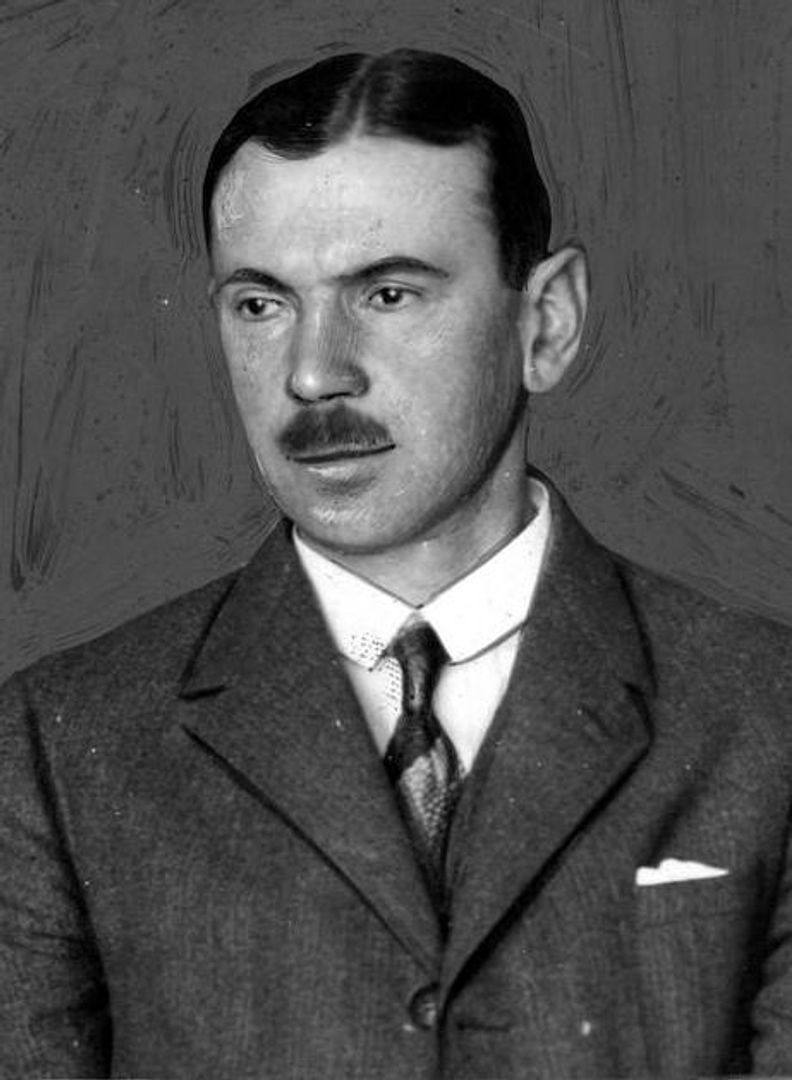Mościce
6.78

Overview
Mościce is a district of Tarnów that was established in the 1920s around the State Nitrogen Compounds Factory, initiated by President Ignacy Mościcki. Designed in the spirit of the British garden city ideal, the neighborhood combines abundant green spaces with modernist architecture reflecting functionalist principles. Mościce features numerous parks, such as the Eugeniusz Kwiatkowski Park, which surrounds Kwiatkowski’s villa—a listed historic monument since 1979. The urban layout of the nitrogen plant complex is architecturally noteworthy, including buildings like the "Kasyno" restaurant and "Stare Kasyno," which have served various cultural and culinary roles over the years. Monuments and sculptures, such as the busts of Eugeniusz Kwiatkowski and Ignacy Mościcki in the park, represent key historical figures tied to the region, while the Szare Szeregi Mausoleum Monument stands out as a tribute to World War II heroes. Cultural life in Mościce revolves around the Centrum Sztuki Mościce (Mościce Art Center), which fosters local artistic and cultural events. The district continues to honor its history through commemorative activities and by showcasing its industrial heritage on the factory grounds, which remain a cornerstone of Poland’s chemical industry. Various sports clubs operate in Mościce, with numerous events held at the municipal stadium. It is worth noting that despite historical upheavals, such as the German occupation during World War II, Mościce has retained its significance as both an industrial and cultural hub. An interesting fact is that the Mościce plant was founded in 1927, and its establishment spurred the development of the entire district, which has been intrinsically linked to the chemical industry from the start. Despite modernization and growth, Mościce has preserved much of its architectural and cultural heritage, making it a compelling destination for exploring the history of Tarnów and the Lesser Poland region.
Location
Tickets
Powered by GetYourGuide
2025 Wizytor | All Rights Reserved